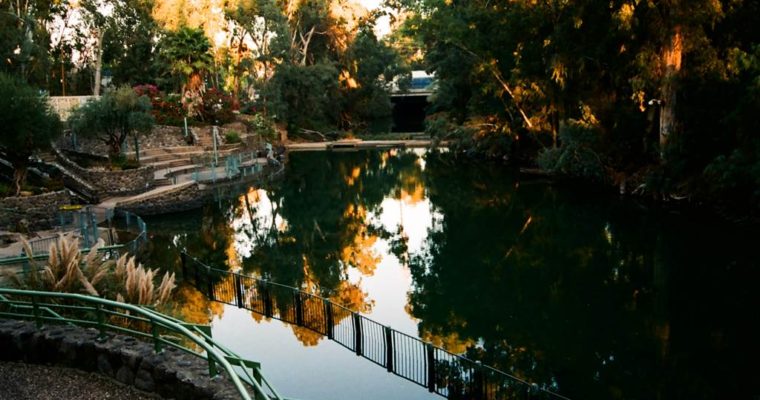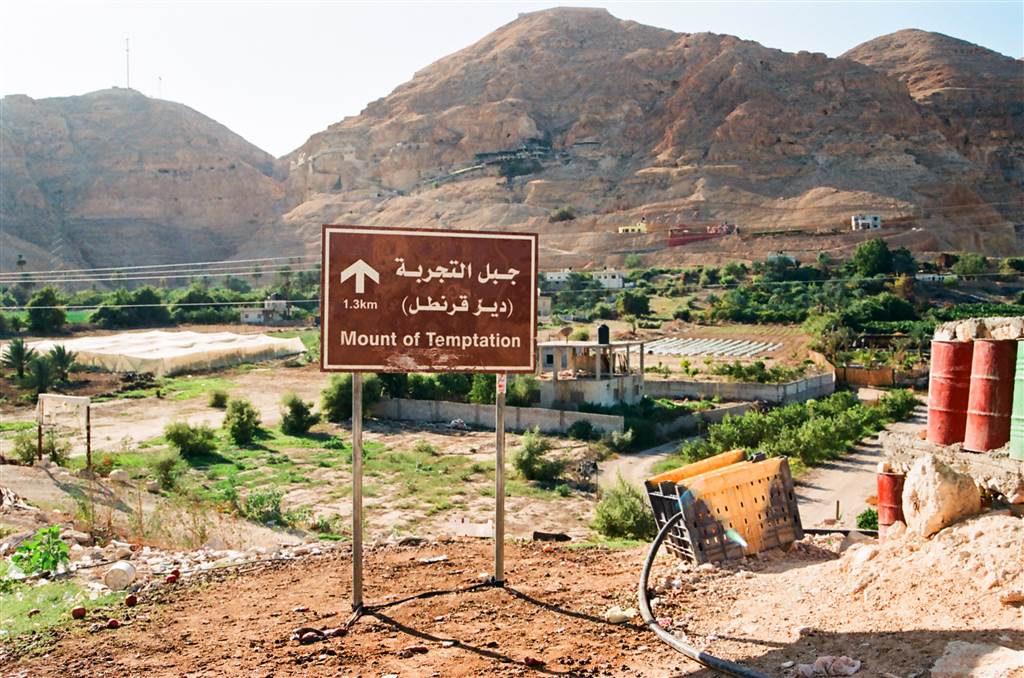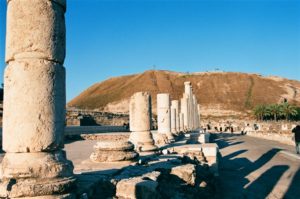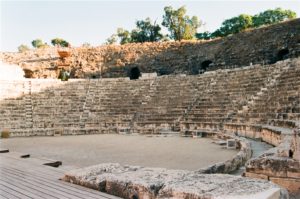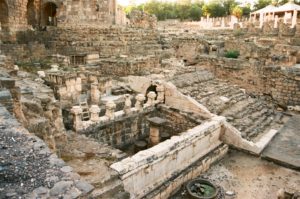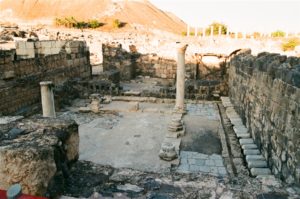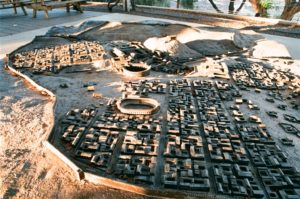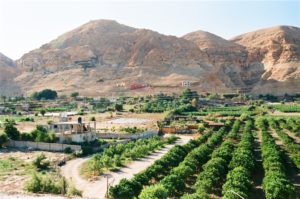“Shalom!”
I witnessed my father’s first act in Israel, and it was brilliant.
We entered Israel via a land route from Jordan. As we crossed the border over to Israel, two Israeli soldiers came on board to check the bus. The two men carried a rifle each, along with a chilled silence.
Meaning “peace be with you,” shalom is a standard greeting in Hebrew, just like “how are you” in English. A simple courtesy in Hebrew eased the tension on the coach immediately. The young soldier turned around to face my father with a smile, “shalom!” Everybody on the tour relaxed, smiling to each other. My father, who was serving as the attending pastor on this tour, then explained the meaning of the phrase as the first course on Jewish culture. There could not have been a better opportunity to do so.
I learned that if the Israeli stamp was found in one’s passport, the neighboring Arab countries (including the UAE) would deny entry. To get around that problem, the Israeli immigration issued a little slip of VISA for entry and exit purposes. This was just one of the many ways in which the hostilities between the Jewish people and their Arab neighbors manifested. In Israel, the animosity was not confined to the four corners of the TV, but lived and breathed in every aspect of life.
We wasted no time in sightseeing on our way. The first site was Zacchaeus’ sycamore tree (Luke 19:1-10). This would be the tree that Zacchaeus eagerly climbed up just to get a glimpse of Jesus, who was entering the city of Jericho. He rejoiced in Jesus spending the evening at his home and his house was redeemed. This tree seemed more convincing as a historical fact than Moses’ rock. After all, the New Testament occurred at a much later time.

At Bet She’an (lit. home of the God She’an, a Greek god), we saw the ruins that spanned the Egyptian, Assyrian, Greek Roman and the Byzantine reigns before its decline under the Arab rule. In its heyday, the city was known as Scythopolis, but along with its decline the name was slowly forgotten. Because of its long history, the city has experienced many rounds of construction. There was the original city and the many additions that subsequent rulers built. The archaeologists were able to identify which parts of the remains were constructed in what period. The theatre was a Greek construction because the seats had the mount on their back, and that was an exclusively Greek feature.
In terms of Biblical significance, the Philistines held King Saul’s remains in contemptuous display after his defeat in the quest for the city (1 Samuel 31:7-11). King David, however, seized this ancient city and it was the seat of government under King Soloman’s reign.
When touring these ancient sites I heard a comment commonly made thus, “the ancients were not necessarily less developed or sophisticated than we are.” At Bet She’an this was spoken about the public latrine, its remains being well excavated, preserved and explained. Apparently in this Roman invention there was no separate provisions for the two genders. Slim stone tablets acted as the seats and water flowed underneath as flushing facility. I learned that only the wealthy could afford private toilets.
We had a distant view of the Mount of Temptation in Jericho, but we did not have a chance to do the cable car ride. That was our tour in Jericho, to my disappointment. The glorious story of Joshua’s battle of Jericho (Joshua 6) welled in my heart as we departed the oldest city in the world with 9,000 to 10,000 years behind it.
In the evening we checked into Emily’s at Tiberia. It was a really nice, modern and well-kept hotel. The Galilee was in view, calm and content in the night’s cool breeze.

